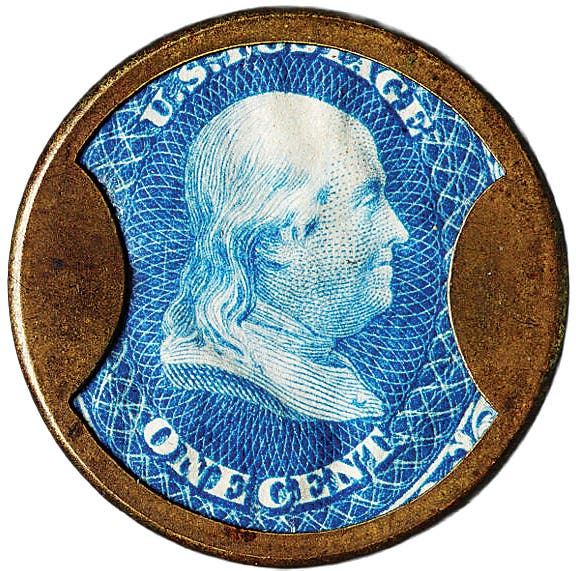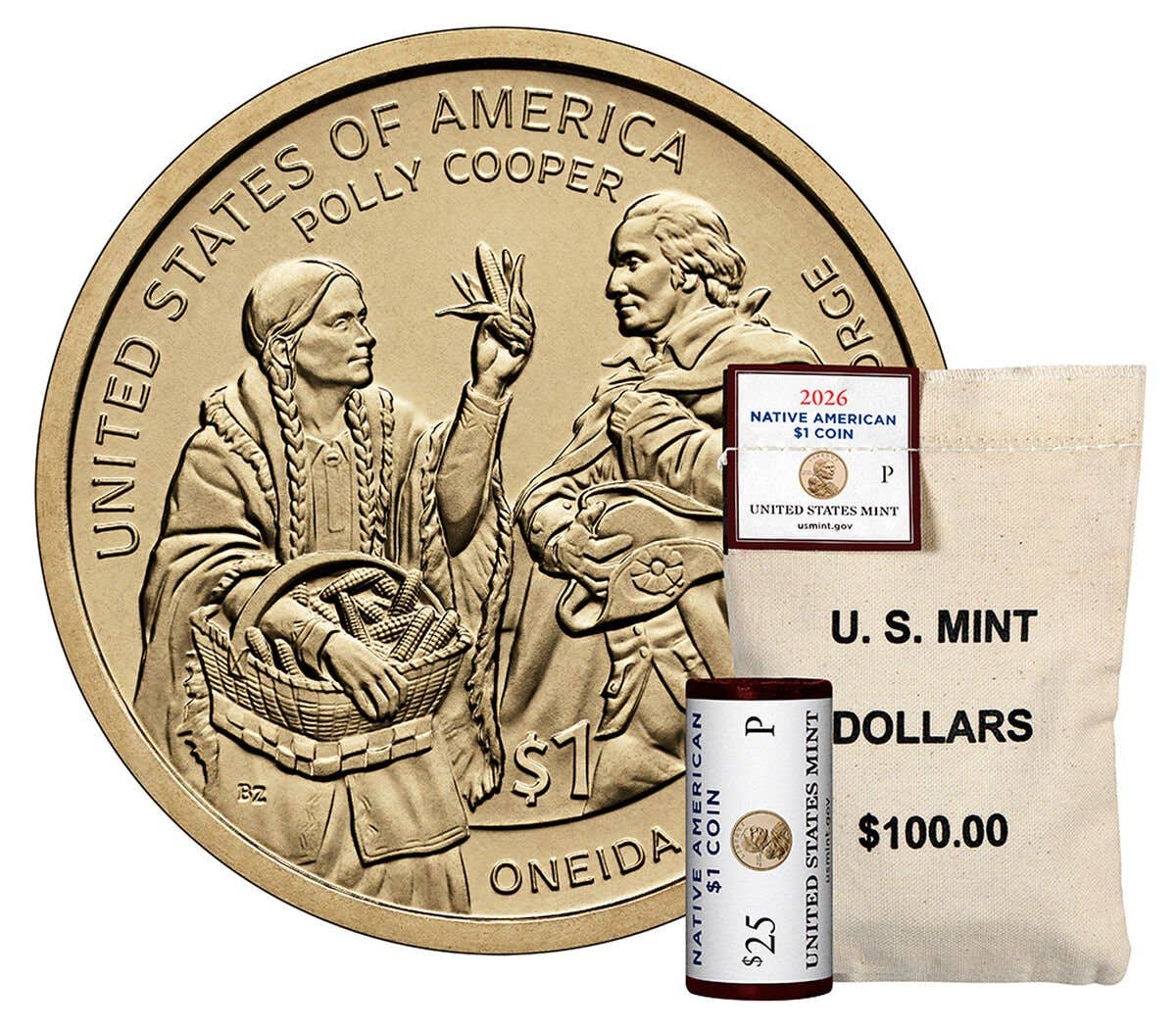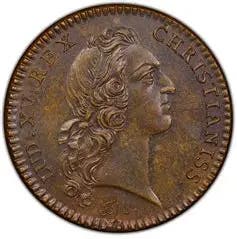Finding Bargains One Cent at a Time
The United States Mint was in the business of making 1-cent coins pretty much right from the get-go – and collectors today are aware that some of these early large…
The United States Mint was in the business of making 1-cent coins pretty much right from the get-go – and collectors today are aware that some of these early large cents can be very costly. For example, all the way back in 1798, the Mint produced more than 1.8 million cents, which would lead us to think the date is not all that expensive. Alas, even a very worn specimen will still cost a couple of hundred dollars, and something near Mint State will chime in at more than we bargain hunters even want to think about. But what about the other end of the series? Are there any large cents sporting the Coronet Head design that might qualify as bargains?
The large cents that get titled the “Liberty Head” or the “Coronet Head” went through a few minor design changes by the late 1830s, which was the last time the portrait saw any alterations. Also, by that time the production run of large cents had become pretty large each year. The years 1838, 1847 and 1853, to cite three examples, each saw more than 6 million struck. Those years were dwarfed by the total from 1851 of almost 9.9 million. All those look like big enough numbers that we might expect them to be downright cheap today. And while those with some wear on them are not too costly, any Mint State pieces remain connected to some big price tags. So, what gives?
The answer to this particular twist might have to do with how common large cents were back in their own day. We have mentioned in Bargain Collector columns before that when it comes to a collector base now, any mintage of a million coins or more means all interested collectors should be able to land one of whatever the coin is for their collection. Maybe we all can’t snag Mint State specimens, but there ought to be something for everyone. Yet a million of a coin back in 1838 – or even 6.3 million of them – did not mean they were common to the folks who would need to use them. The United States Census of 1830, the fifth official census of the growing nation, indicated that there were just over 12.8 million people in the 24 states that year. The next Census, that of 1840, indicated there were almost 17.1 million folks. So, despite this big production run, there was not even a single Coronet Head cent for every two people, at least not in 1838. Yes, the older cents were most likely still circulating – and that’s the point, really. Because copper coins had to circulate for a long time, worn examples are much more common than high-end pieces.
Keeping in mind how much large cents may have circulated, we can look to their prices. Since the only date from about 1838 to the end of the series that we can call rare is the 1857 (more about this in a moment ), let’s start with the price tags associated with these big coppers at a grade of MS-60. We are not going to go into detail about brown or red specimens, or which might be more attractive or valuable, just look at what the best prices happen to be. Right now it seems that we can land eight or nine of these later dates for about $200-$225 each. That’s not a crippling price, and compared to the doubling in price that occurs when we look at MS-63 versions of the same coin, it might actually appear that we have found some bargains. But let’s look a bit deeper.
The Coronet Head large cents tend to have prices listed in the major references at EF-40, as well as AU-50, and AU-55, and sometimes even AU-58. A look at these grades and costs bring us to the interesting conclusion that any of these dates in EF-40 is probably where the bargain lies. Picking just the 1855, with its lower mintage of 1,574,829 coins, we have an MS-60 value of $200 and an EF-40 price of $75. This is for the most common of three varieties, the “upright 5s.” This means that if we accept just a bit of wear, the cost for what is still a handsome-looking large cent drops to less than 40 percent of its Mint State sibling. We’ll admit that the collective love we have for Mint State coins can be a real draw. But this much of a mark-down for a step downward only to EF-40 has a siren song of its own.
While there are several other Coronet Head large cents we can mull over in terms of that price drop, we really ought to say a word or two about the 1857. This final year of the large cents was its only year of real competition with the new, much smaller 1857 Flying Eagle cent (the 1856 Flying Eagle was not honestly made to be a circulating coin). The official tally for the two varieties of 1857 large cent, both the large date and the small date, is 333,546 coins. This total is much lower than those of any of the previous years that are late in this series. Plus, we’ll admit, plenty of folks will claim this is a rarity, and thus is very expensive. Right now an MS-60 example costs about $500, and its slightly worn EF-40 sibling costs about $300. Agreed, these are more expensive than other large cents – and prices that we may not consider bargains. But in EF-40, this so-called rarity costs four times that of the 1855, even though it is five times less common. Do that math against the price of the 1851 with its 9 million mintage and we see that the 1857 can be called a key, but it is not over-priced.
All things considered, there are plenty of high-mintage years at the tail end of the Coronet Head large cent series. For those of us who never want to spend more than $50 per coin for anything in our collection, they might seem expensive. But we have also seen that the EF-40 examples of these large coppers can indeed be a good value if compared to their Mint State counterparts. As well, that supposedly rare 1857 that closes the series out has some real potential to it.









